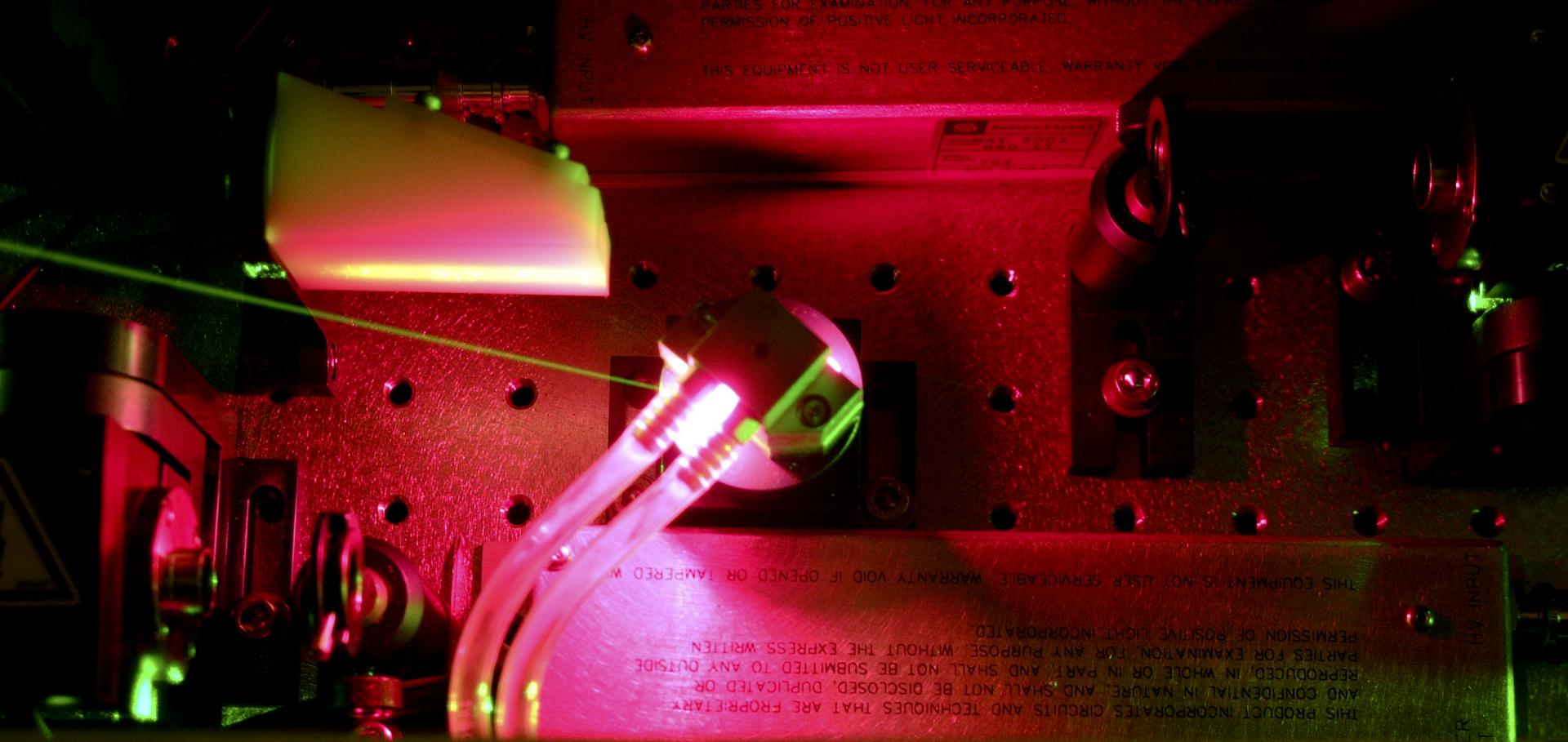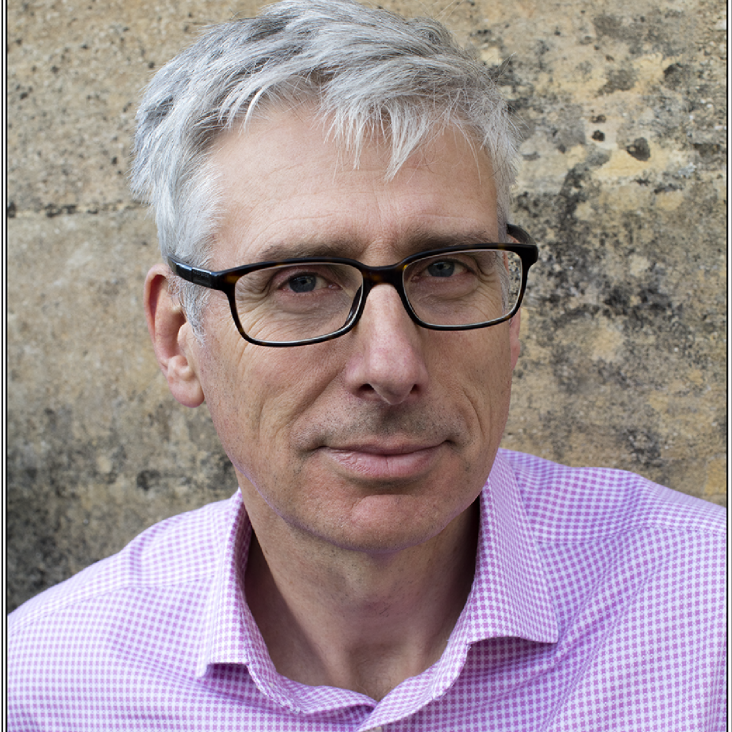Increasing the brightness of harmonic XUV radiation with spatially-tailored driver beams
Journal of Optics IOP Publishing 23:1 (2020) 015502
Abstract:
Bright high harmonic sources can be produced by loosely focussing high peak power laser pulses to exploit the quadratic scaling of flux with driver spot size at the expense of a larger experimental footprint. Here, we present a method for increasing the brightness of a harmonic source (while maintaining a compact experimental geometry) by spatially shaping the transverse focal intensity distribution of a driving laser from a Gaussian to supergaussian. Using a phase-only spatial light modulator we increase the size and order of the supergaussian focal profiles, thereby increasing the number of harmonic emitters more efficiently than possible with Gaussian beams. This provides the benefits of a loose focussing geometry, yielding a five-fold increase in harmonic brightness, whilst maintaining a constant experimental footprint. This technique can readily be applied to existing high harmonic systems, opening new opportunities for applications requiring bright, compact sources of coherent short wavelength radiation.Electron trapping and reinjection in prepulse-shaped gas targets for laser-plasma accelerators
Physical Review Accelerators and Beams American Physical Society (APS) 23:11 (2020) 111301
Meter-scale conditioned hydrodynamic optical-field-ionized plasma channels
Physical Review E American Physical Society (APS) 102:5 (2020) 53201
Abstract:
We demonstrate through experiments and numerical simulations that low-density, low-loss, meter-scale plasma channels can be generated by employing a conditioning laser pulse to ionize the neutral gas collar surrounding a hydrodynamic optical-field-ionized (HOFI) plasma channel. We use particle-in-cell simulations to show that the leading edge of the conditioning pulse ionizes the neutral gas collar to generate a deep, low-loss plasma channel which guides the bulk of the conditioning pulse itself as well as any subsequently injected pulses. In proof-of-principle experiments we generate conditioned HOFI (CHOFI) waveguides with axial electron densities of $n_\mathrm{e0} \approx 1 \times 10^{17} \; \mathrm{cm^{-3}}$, and a matched spot size of $26 \; \mathrm{\mu m}$. The power attenuation length of these CHOFI channels is $L_\mathrm{att} = (21 \pm 3) \; \mathrm{m}$, more than two orders of magnitude longer than achieved by HOFI channels. Hydrodynamic and particle-in-cell simulations demonstrate that meter-scale CHOFI waveguides with attenuation lengths exceeding 1 m could be generated with a total laser pulse energy of only $1.2$ J per meter of channel. The properties of CHOFI channels are ideally suited to many applications in high-intensity light-matter interactions, including multi-GeV plasma accelerator stages operating at high pulse repetition rates.Meter-Scale, Conditioned Hydrodynamic Optical-Field-Ionized Plasma Channels
(2020)
Numerical modelling of chromatic effects on axicon-focused beams used to generate HOFI plasma channels
Journal of Physics: Conference Series IOP Publishing 1596 (2020)


